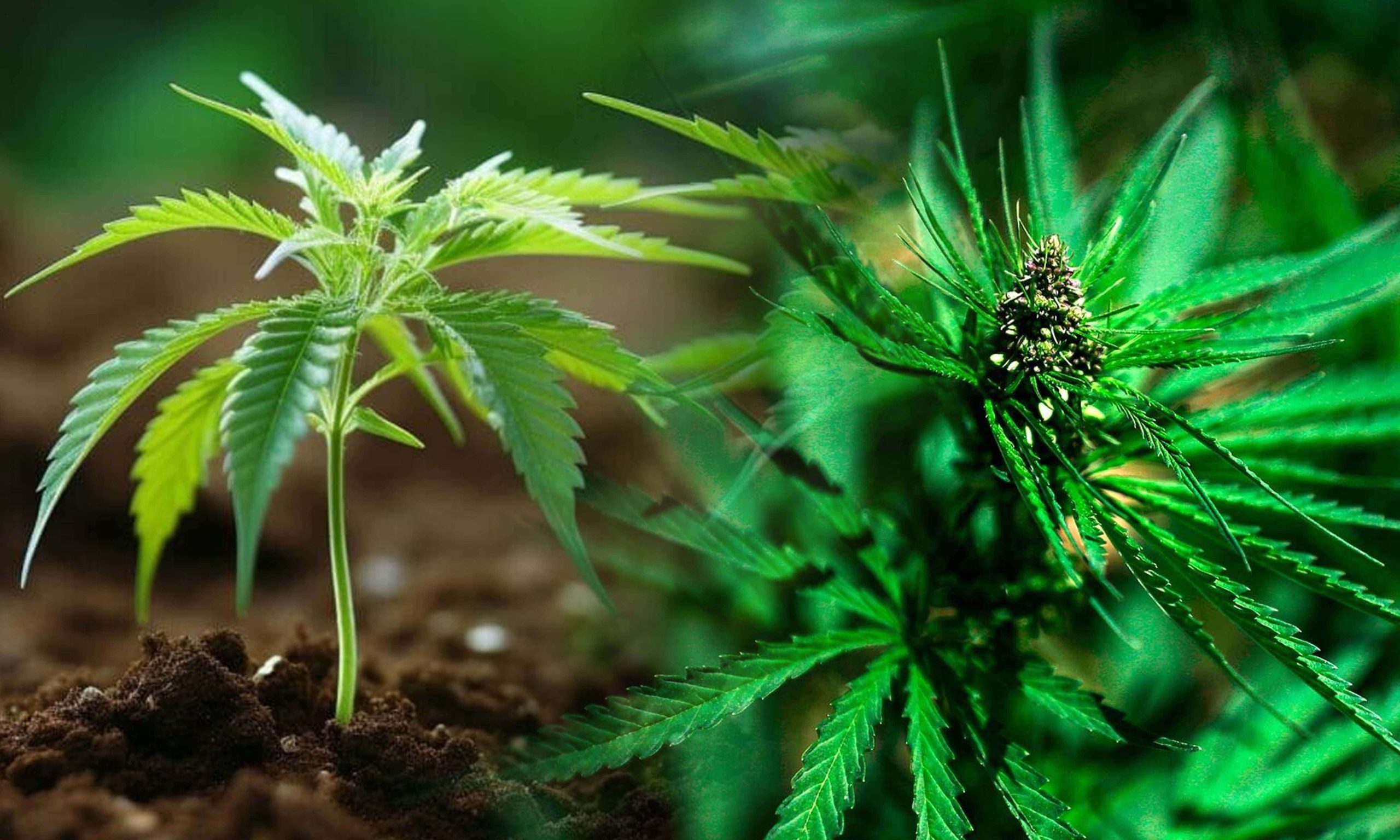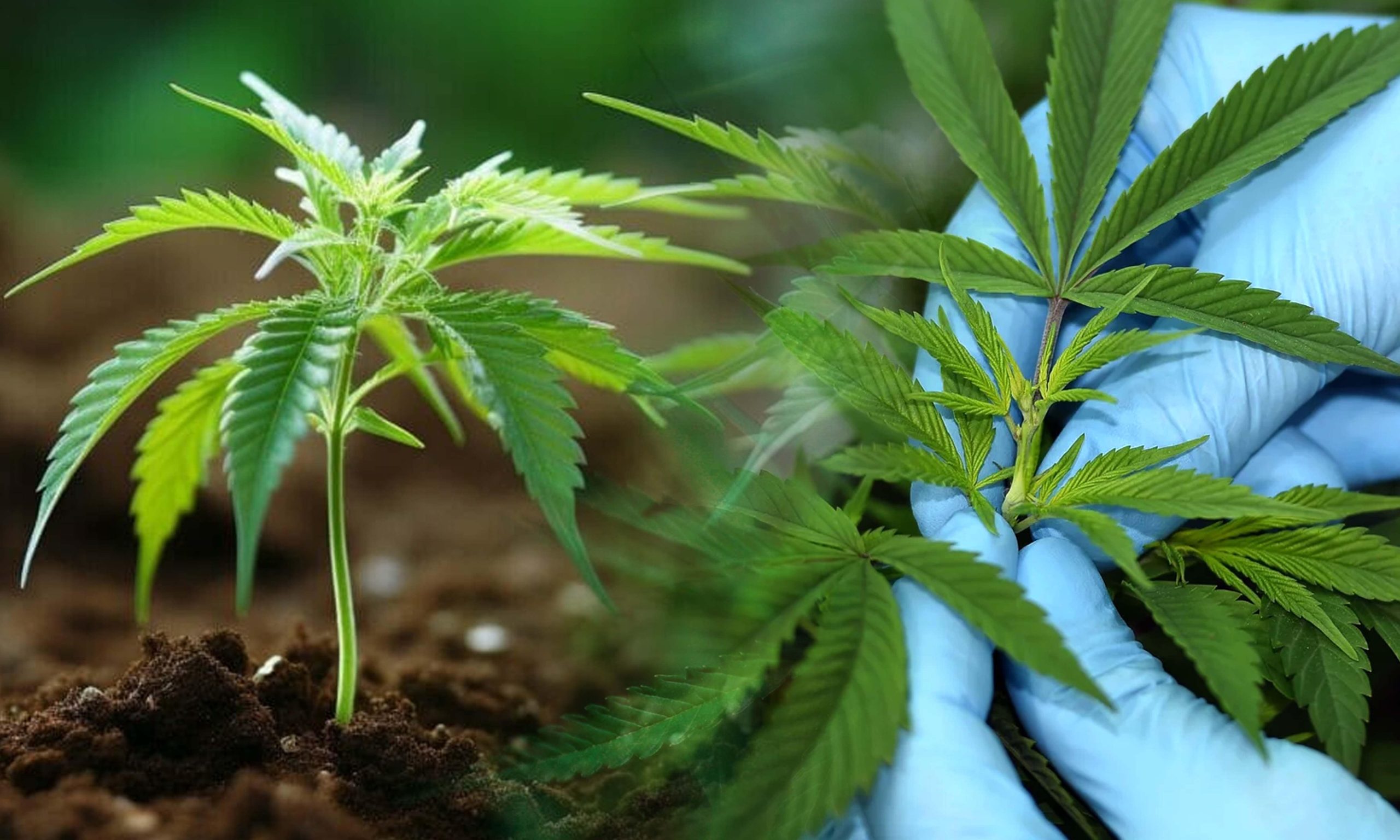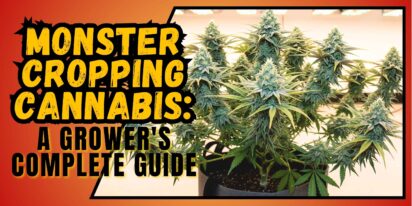Studying the interesting cannabis mutations reveals many possibilities and helps us understand the variety within this plant species. Cannabis, scientifically called Cannabis sativa, is famous for its mind-altering and healing qualities, mainly because of chemicals like THC (tetrahydrocannabinol) and CBD (cannabidiol). Mutations can change how cannabis plants look, and grow, and what chemicals they contain, adding to their uniqueness.
Understanding Weed Mutations
What Are Mutations?
Mutations are changes in an organism’s genes that happen by chance, leading to different traits. In cannabis, mutations can happen in its DNA, changing things like how the leaves look, the structure of the flowers, and the chemicals it produces. These mutations can be caused by things like differences in genes, stress from the environment, or how the plants are bred.
Causes of Mutated Weed Plant
- Genetic Variation: Cannabis plants have a lot of different genes, so they’re likely to have mutations. This variety comes from things like breeding, the environment, and natural selection. Because of this, new traits and features can appear in cannabis plants.
- Environmental Factors: Being exposed to tough conditions like extreme heat or pests can cause mutations in cannabis plants. These stressors can mess up how cells work, changing the plant’s DNA. Some mutations might not be good, but others could help the plant survive in harsh conditions.
- Breeding Practices: When people breed cannabis plants on purpose, they can accidentally cause mutations. They might choose plants with traits they like, such as lots of cannabinoids or resistance to disease. This can lead to certain mutations becoming common in the plants. Over time, these mutations can become permanent, creating new kinds of cannabis with special features.
Types of Mutant Weed Plant
- Leaf Mutations: Leaf mutations can change how leaves look, including their shape, size, or color. Sometimes, mutations can make leaves look variegated, meaning they have different colors or patterns in different parts. These unique-looking leaves are often valued by collectors for their special appearance.
- Floral Mutations: Mutations in cannabis flowers can change how they look, smell, or even their shape. These mutations can create flowers with different colors or shapes, making them stand out from regular cannabis flowers. Some mutations can also change how much cannabinoids and terpenes the flower produces, which affects its smell and strength
- Growth Mutations: Mutations in cannabis plants can lead to unusual growth patterns, like being very small (dwarfism) or very big (gigantism). These mutations can change how the plant looks and how well it grows, affecting how much it produces. Some mutations, like compact growth for indoor growing, can be good, but others might cause problems and need to be taken care of carefully.
- Terpene Mutations: Terpenes are chemicals in cannabis that make it smell and taste a certain way. When terpenes change because of mutations, they can make the plant smell or taste different. This can create new and interesting flavors that people like, and breeders might try to make more of these mutations for unique smells and tastes.
- Cannabinoid Mutations: Cannabinoids are substances in cannabis that affect the body’s endocannabinoid system, causing different effects. Mutations in cannabinoids can change how much of these substances the plant makes, creating unique chemical mixes in cannabis. These mutations can affect how strong the effects are and what kind of medical benefits the plant might have. This makes them important for both medical and recreational users.
Implications for Cannabis Cultivation
Benefits of Mutations
- Novelty: Mutations can create special and visually interesting features in plants, which collectors and enthusiasts find appealing. These unique varieties can be different from the usual cannabis strains available, making them stand out in a market full of regular strains. This can catch the eye of consumers and breeders who are looking for something new and different.
- Medicinal Potential: Some mutations can change the mix of cannabinoids and terpenes in cannabis, which might make the plant more helpful as medicine. For instance, mutations that make the plant produce more CBD, a cannabinoid that doesn’t make you high but has medical benefits, can create strains that work better for treating certain illnesses.
Challenges of Mutations
- Stability: Mutations in cannabis plants might not stay the same in future generations, which can make it hard to grow them consistently. Breeders have to pick out and make sure mutations stay the same in future plants to keep getting the same results.
- Productivity: Certain mutations in cannabis plants can lower how much they produce or how well they grow, which can make it harder to grow them for profit. Breeders have to think about this when choosing which traits to keep, balancing between new and interesting features and plants that grow well and produce a lot to make sure their business is successful.
How to Identify Mutations
- Visual Inspection: The most common way to find mutations in cannabis plants is by looking at them. Growers can check for leaves that look different in shape, color, or how they grow compared to normal plants. Mutated varieties are often valued for their unique look and can be sold for more money.
- Genetic Testing: Genetic testing can give detailed information about mutations in cannabis plants. This is helpful for breeders who want to know more about their plants’ genes and create new varieties with certain traits. It can also show if there are any health risks linked to mutations, so growers can try to fix these problems before they become serious.
Managing Mutations in Cannabis
- Selective Breeding: Breeders often use selective breeding to control mutations in cannabis plants. They choose plants with mutations they like and breed them with others to make sure these traits stay in the plants that come after. This helps them make new cannabis varieties with special traits that stay the same in future plants.
- Environmental Control: Reducing stress in the growing environment can lower the chance of mutations in cannabis plants. Growers can manage things like temperature, humidity, and nutrients to create the best conditions for their plants. This helps keep the plants healthy and strong, reducing the risk of mutations and other problems.
Conclusion
Mutations in cannabis are natural and make this plant even more interesting and diverse. They can create new traits and benefits, but they can also make growing cannabis harder. Growers need to know why mutations happen and what kinds there are to deal with them well. Embracing these changes can help growers and fans find new ways to grow and use cannabis, making us understand and enjoy this plant even more.
FAQs
Q: Can cannabis mutations be passed on to humans?
A: No, cannabis mutations cannot be passed on to humans. Mutations in cannabis plants only affect the plant’s genetic makeup and characteristics, not the genetics of humans who consume the plant.
Q: Do all cannabis mutations result in desirable traits?
A: No, not all cannabis mutations result in desirable traits. Some mutations can lead to negative characteristics, such as reduced yield or poor growth patterns, which may not be beneficial for growers.
Q: Are mutated cannabis plants more susceptible to diseases?
A: Mutated cannabis plants may be more susceptible to diseases, depending on the nature of the mutation. Some mutations can weaken the plant’s immune system or affect its ability to resist pathogens, making it more vulnerable to infections.
Q: Can mutations in cannabis plants occur naturally?
A: Yes, mutations in cannabis plants can occur naturally. Factors such as genetic variation, environmental stressors, and breeding practices can all contribute to the occurrence of mutations in cannabis plants without human intervention.

















